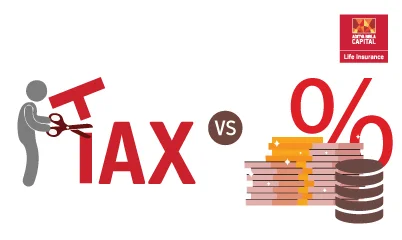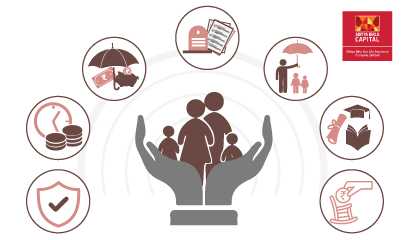Form 26QB - Everything You Need To Know


Get Guaranteed Returns After a Month^
Unlock the Power of Smart Investment!


-
 Table of Contents
Table of Contents- What is the 26QB form?
- Essential Elements of Form 26QB
- When should Form 26QB be filed?
- What information must be included on Form 26QB?
- When and how much TDS on the property sale is required?
- How should tax deducted be submitted on form 26QB to the government?
- What criteria does Section 194IA of the Income Tax Act require?
- Specifications Set Out in Section 194-IA
- Payment using a 26QB Challan (Online and Offline)
- Essential characteristics of Form 26QB under Section 194-IA
- How Do I Fill Out the Online Form 26QB?
- What are the Procedures for Downloading and Registering Form 16B?
- What Consequences Would a Late or Missing TDS Statement Have?
- List of Approved Banks
- When selling a property covered by Section 194IA, what portion of the sale price is subject to TDS?
- Conclusion
- Frequently Asked Questions on Form 26QB
What is the 26QB form?
Essential Elements of Form 26QB
When should Form 26QB be filed?
What information must be included on Form 26QB?
When and how much TDS on the property sale is required?
How should tax deducted be submitted on form 26QB to the government?
What criteria does Section 194IA of the Income Tax Act require?
Specifications Set Out in Section 194-IA
Payment using a 26QB Challan (Online and Offline)
Essential characteristics of Form 26QB under Section 194-IA
How Do I Fill Out the Online Form 26QB?
What are the Procedures for Downloading and Registering Form 26qb?
What Consequences Would a Late or Missing TDS Statement Have?
List of Approved Banks
When selling a property covered by Section 194IA, what portion of the sale price is subject to TDS?
Conclusion
Frequently Asked Questions on Form 26QB
About Author
ABSLI DigiShield Plan
-
Disclaimer
ABSLI DigiShield Plan. This is a non-linked non-participating individual pure risk premium life insurance plan; upon Policyholder’s selection of Plan Option 9 (Level Cover with Survival Benefit) and Plan Option 10 (Return of Premium [ROP]) this product shall be a non-linked non-participating individual life savings insurance plan. UIN: 109N108V11
^ ABSLI DigiShield Plan scenario: Female, non smoker, Age: 21 years, level Term Insurance, Premium paying Term: regular pay, policy term: 25 years, Pay frequency: Annual Premium of Rs. 6500/12 months (on average Rs. 542/month) Exclusive of GST (offline premium).
~ Our life insurance policies cover COVID -19 claims under life insurance claims, subject to applicable terms & conditions of policy contract and extant regulatory framework.
ADV/6/23-24/531
Subscribe to our Newsletter
Get the latest product updates, company news, and special offers delivered right to your inbox
Thank you for Subscribing
Stay connected for tips on insurance and investments

 Home Loans
Home Loans
 Personal
Loans
Personal
Loans
 SME Loans
SME Loans
 Business Loans - Udyog
Plus
Business Loans - Udyog
Plus
 Loan against Securities
Loan against Securities
 Mutual Funds
Mutual Funds
 Stock and
Securities
Stock and
Securities
 Portfolio
Management Services
Portfolio
Management Services
 Pension Funds
Pension Funds
 Life
Insurance
Life
Insurance
 Health
Insurance
Health
Insurance
 Wellness
Solutions
Wellness
Solutions
 Pay Bills
Pay Bills
 Pay anyone
Pay anyone
 Pay on call
Pay on call
 Payment
Lounge
Payment
Lounge
 ABC Credit
Cards
ABC Credit
Cards

 1800-270-7000
1800-270-7000










